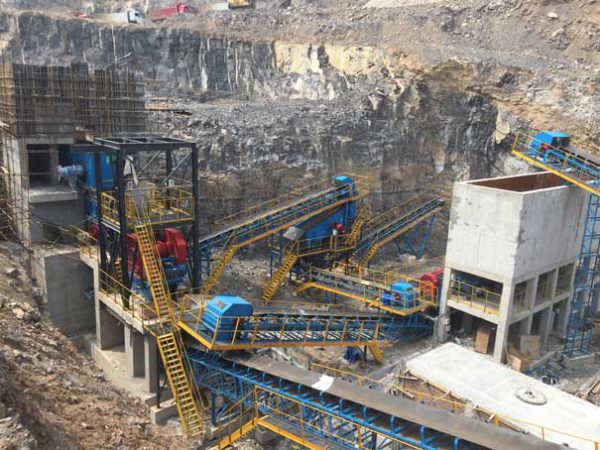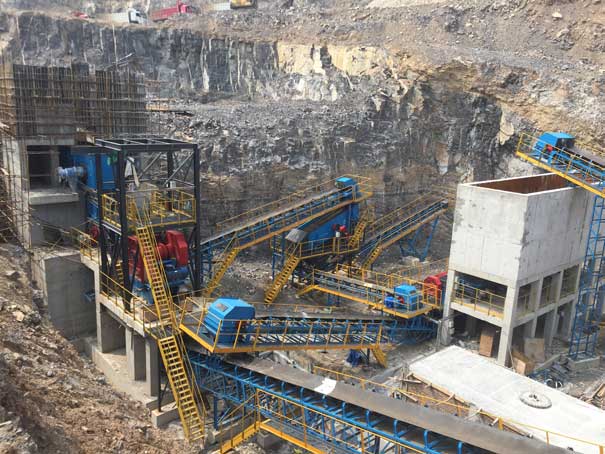As the first-line equipment for crushing in the industrial field, the crusher is very important to the entire production line. Its demand is increasing, and there are more and more crusher manufacturers. How should we choose?

According to the different structure and working principle, the crushing equipment is divided into jaw crusher, gyratory crusher, cone crusher, roller crusher, rotary disc crusher, impact crusher and hammer crusher.
- Factors to be considered when choosing a crusher
When selecting the crusher, full consideration should be given to the type, hardness, particle size of incoming and outgoing materials, output and construction site. - The hardness of the material
Different types of materials have different hardness. Generally, the greater the hardness, the higher the crushing difficulty factor. For crushing hard or medium-hard stones, jaw crushing equipment should be used as the primary crushing equipment. When crushing medium-hard or soft stones, cone, impact or hammer crushers can be directly used. - Material specifications
If the material size is larger, you can choose a jaw crusher as the primary crushing; when the stone size is small and needs to be composed of a certain grade of stone; you need to use a combined crushing and screening equipment. The combined crushing equipment is composed of jaw crusher and cone or impact crusher and hammer crusher. - The humidity of the material
The water content of the material will also affect the choice of crusher. When the water content is too large, the fine-grained material will agglomerate or stick to the coarse-grained material due to the increase in humidity, thereby increasing the viscosity of the material, reducing the discharge speed, and making productivity has declined. In severe cases, it may even cause blockage of the discharge port, affecting the normal production. - The degree of dissolution and haircut of the ore
The degree of disintegration of the ore directly affects the productivity of the crusher. Because the ore is easily broken along the cleavage surface when it is crushed, the productivity of the disintegration of the ore is correspondingly higher than that of the ore with a compact structure. - Granularity of incoming and outgoing materials
The granularity of incoming and outgoing materials is used to determine the type and level of crushing equipment required.
If the content of coarse particles (greater than the size of the discharge port) in the crushed material is high or the ratio of the largest block of the ore to the width of the ore port is large, the crusher needs to achieve the crushing ratio (the particle size of the material before crushing and the size after crushing) The ratio of the particle size of materials is large, so the productivity is reduced. When the content of fine particles of crushed material (close to or smaller than the size of the discharge port) is large or the ratio of the largest block of the ore to the width of the ore port is small, the crushing ratio to be achieved is small, so its productivity is increased accordingly. If the feed size is large and the output size is small, two-stage or multi-stage crushing is often required. If the size of the crushed material is small, multi-stage crushing is generally not required. - Production requirements
The output requirement is an important indicator that determines the crushing equipment. The higher the output requirement, the larger the size of the crushing equipment required, and the corresponding input and output will increase. - Construction site
The specific conditions of the construction site are the most direct factors that affect the selection of crusher equipment, such as the size of the construction site and the specific placement of the crushing equipment.

